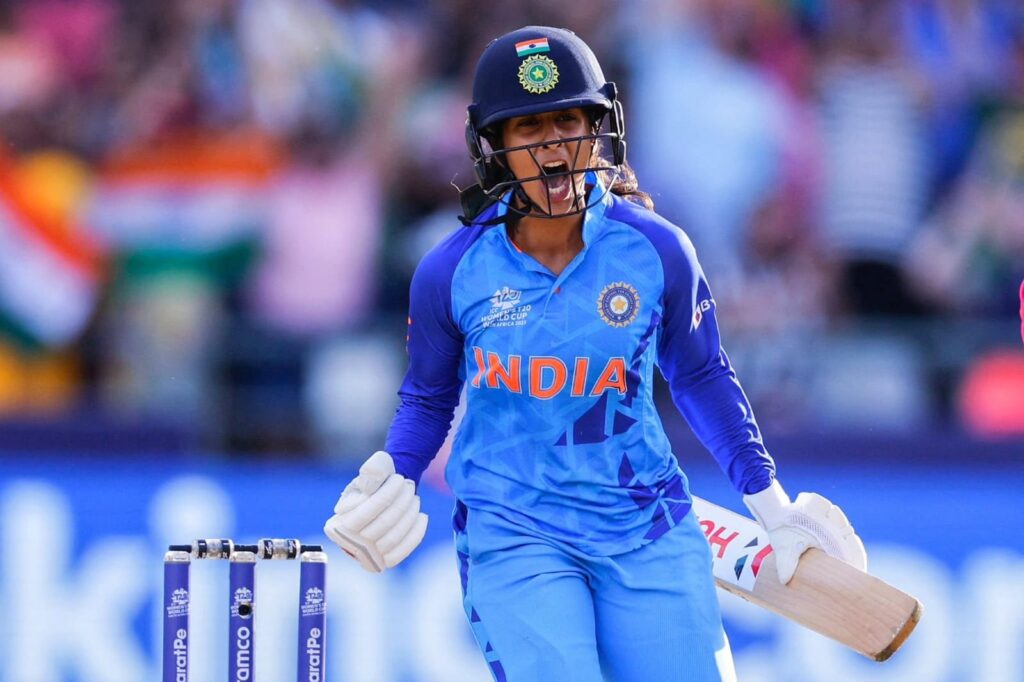
The Indian women’s team has long been seen as a rising force in the world of cricket. But their failure to make the semi-finals of the 2024 T20 World Cup – the first time that has happened since 2016 – has triggered alarm bells. With a home ODI World Cup looming in 2025 and the next T20 World Cup just two years away, India’s recent struggles call for urgent introspection and action. To avoid stagnation, the team must undergo significant changes – particularly in the leadership, coaching setup, and approach to developing talent. Here’s a roadmap for how Indian women’s cricket can bounce back stronger and smarter.
A Head Coach Who Understands Women’s Cricket
Failure to reach the semi-finals of the T20 World Cup marks one of the lowest points in recent years. With an ODI World Cup in 2025 and another T20 World Cup in just two years, such results demand a serious overhaul – starting with the coaching staff.
It’s time for a head coach who truly understands women’s cricket and knows where the team is lacking. The trend of hiring men’s coaches hasn’t worked since Tushar Arothe’s tenure, the only male coach who led the team to notable success. The coaches that followed, despite their credentials, haven’t been able to address the team’s specific needs. One major reason is their lack of experience working with women cricketers at the grassroots level.
A coach can’t come into the system and make sweeping changes without understanding the unique demands of women’s cricket. What India need now is someone like Nooshin Al Khadeer. Having played at the highest level herself, she has gone on to coach teams like Chhattisgarh, Railways, and India’s age-group and senior sides. As the head coach of Railways, she has her finger on the pulse of domestic cricket and knows the players well. Familiarity with the team and system would allow her to hit the ground running, minimising the adjustment period.
The example of Bangladesh’s women’s cricket team under Anju Jain also highlights why the BCCI should consider someone like Nooshin. Bangladesh enjoyed their most successful period under Anju, but after her departure, their performance has significantly dipped. The success of coaches with a background in women’s cricket speaks volumes.
Smriti Mandhana as red-ball captain and Jemimah Rodrigues for the white-ball formats could well be the way forward for India’s women’s team.#SmritiMandhana #JemimahRodrigues
✍️ @BoriaMajumdar https://t.co/3sKJwxRssa
— RevSportz Global (@RevSportzGlobal) October 17, 2024
Passing the Captaincy Torch
With the ODI World Cup at home just a year away, the time is ripe for a change in leadership. Captaincy has not been Harmanpreet Kaur’s strongest suit, and we’ve seen her falter during crucial matches. If she’s not expected to play the next T20 World Cup, the team need a new leader to step in, giving them ample time to grow into the role.
Smriti Mandhana, the current vice-captain, is the natural choice. However, looking ahead, someone younger like Jemimah Rodrigues could offer a fresh perspective and lead the team for a longer span. Jemimah is already emerging as a leader within the squad and for her WPL franchise, Delhi Capitals, making her a promising option to take the team forward.
More Than Just Power Hitters: The Need for Fit and Strategic Hitters
In modern cricket, there is a tendency to focus too much on power-hitting, aiming for 160-170 scores, and neglecting the basics. India’s two key power-hitters, Shafali Verma and Richa Ghosh, have immense talent, but their performances have been inconsistent. Fitness is a major concern—both are slow between the wickets and have shown lapses in concentration during crucial moments.
Yes, they play high-risk cricket, but there must be method to the madness. It’s not enough to rely on their occasional match-winning performances. A structured approach is needed, focusing on improving their fitness and mindset. A frank conversation is overdue – set fitness and performance goals, and push them to reach those benchmarks. They have the potential to elevate Indian cricket, but potential without consistency is meaningless.
Consistency in Backing New Players
The Indian selectors have been quick to hand out debut caps, especially after a successful Women’s Premier League (WPL) season. But giving a player an India cap is only the first step. There must be a commitment to properly invest in that player’s development.
Take Saika Ishaque, for example. After a stellar WPL debut, she was fast-tracked into the national team. But after just one ODI and three T20Is, where she struggled, she was sidelined. Such a short leash doesn’t allow players to adjust to the international level. Players need time to grow – one or two matches aren’t enough to gauge their potential. The abrupt changes have dented confidence rather than building it.
If the selectors are sure about a player’s ability, they need to give them a proper run in the team, allowing them two to three series to prove themselves before making any final decisions. We’re not building cricketers; we’re prematurely ending promising careers.
The Road Ahead
For India to reclaim their standing and make a serious statement at the upcoming World Cups, these changes are crucial. Whether the BCCI and team management will take bold steps remains to be seen, but one thing is certain: change is no longer an option, it’s a necessity.



